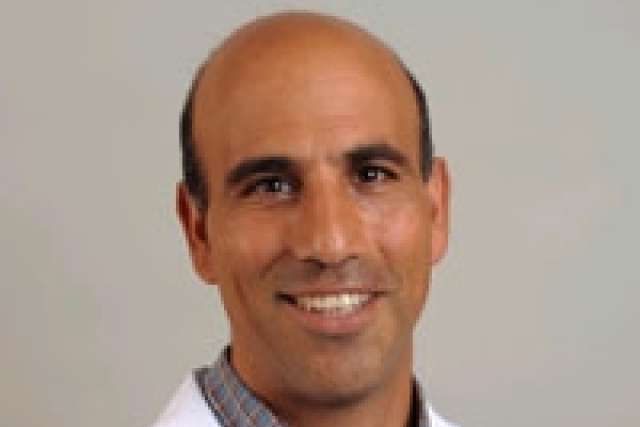Dear Doctor: How much sunshine do I need to get my daily dose of vitamin D? And does wearing sunscreen interfere with my body's production of vitamin D?
Dear Reader: These are good questions. The major source of our body's vitamin D comes from our own production in the skin. This requires the ultraviolet rays from sunlight to form vitamin D3; both the liver and the kidneys are needed to then create the active form of vitamin D.
Those with inadequate sun exposure -- including disabled people, infants, the elderly, dark-skinned people, and those who live at northern latitudes during the winter -- are at risk of low vitamin D3 production, which can lead to a loss of bone density and an increased risk of fractures. Disabled people and infants are often less likely to go outdoors, and people over the age of 70 don't produce vitamin D3 from their skin as effectively. As for people with darker skin, they have more melanin, so less UV light gets absorbed to create vitamin D3. They need more sun exposure to produce vitamin D3 than those with lighter skin.
So to begin to answer your question, we have to look at all the variables that affect vitamin D3 production: your skin pigmentation, your general age, your latitude, the time of day when you go out in the sun and the season of the year.
A study done in Valencia, Spain, measured the amount of sunlight necessary to produce a sufficient amount of vitamin D in those with lighter skin. (Valencia is about the same latitude as Kansas City, Missouri.) The researchers took into account the amount of clothing and the season of the year. In spring and summer, 25 percent of the body (the hands, face, neck and arms) is exposed to the sun, and in these seasons, about 8 to 10 minutes of sun exposure at noon produces the recommended amount of vitamin D. In the winter, only 10 percent of the body is exposed, and nearly 2 hours of sun exposure at noon is needed to produce a sufficient amount of vitamin D.
Another study compared the geographic extremes of Miami and Boston. Researchers studied people who tanned well, but who still burned when exposed to sun. In the summer in Miami -- with 25 percent of the body exposed to the sun -- a person would need only 3 minutes of sun exposure to make a sufficient amount of vitamin D. That same person -- when placed in Boston in the winter -- would need 23 minutes at noon to produce enough vitamin D.
Then again, Boston in the winter is really cold, so you would probably have only 5 percent or less of your body exposed to the sun. Thus, 23 minutes in the sun in Boston would need to be stretched to more than 2 hours in order to ensure sufficient sun exposure. In addition, if you have darker skin pigment, the time needed to produce sufficient vitamin D would be even longer.
As for sunscreen, it can decrease the formation of vitamin D3 by the skin, but again there are many variables, such as how much of your body has sunscreen, how thick the layer of sunscreen and the level of SPF. There is a balance -- a Goldilocks zone -- between sufficient sun exposure to make vitamin D3 and the risk of getting skin cancer.
Lastly, because our fat cells can store vitamin D for months, you don't need to worry if there are days when you don't get enough sun exposure. You'll still be safe from the detrimental bone effects of low vitamin D if you get enough sun other days. So take some time to be outside.
, is an internist and assistant professor of medicine at the University of California, Los Angeles.
Ask the Doctors is a syndicated column first published by UExpress syndicate.




